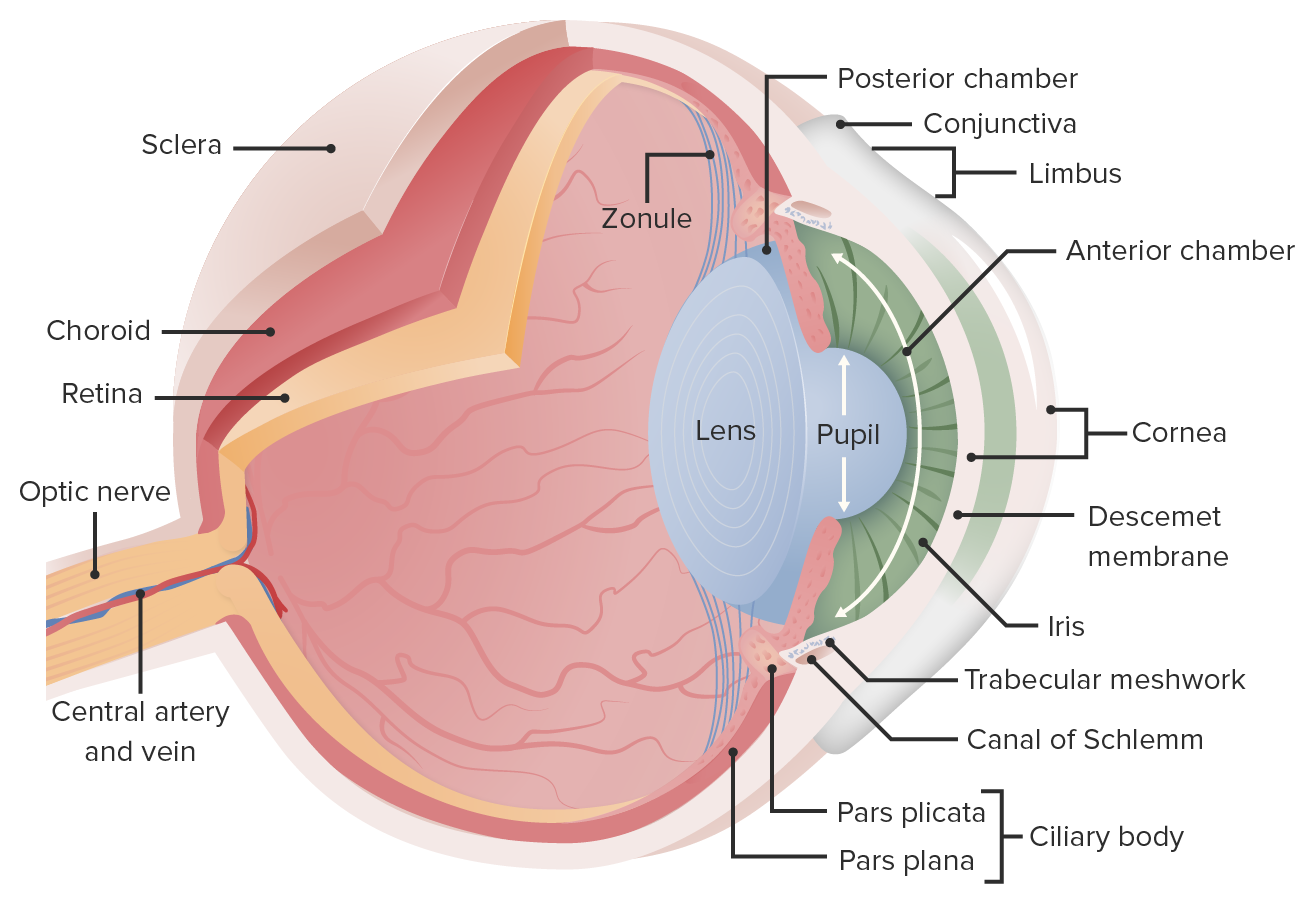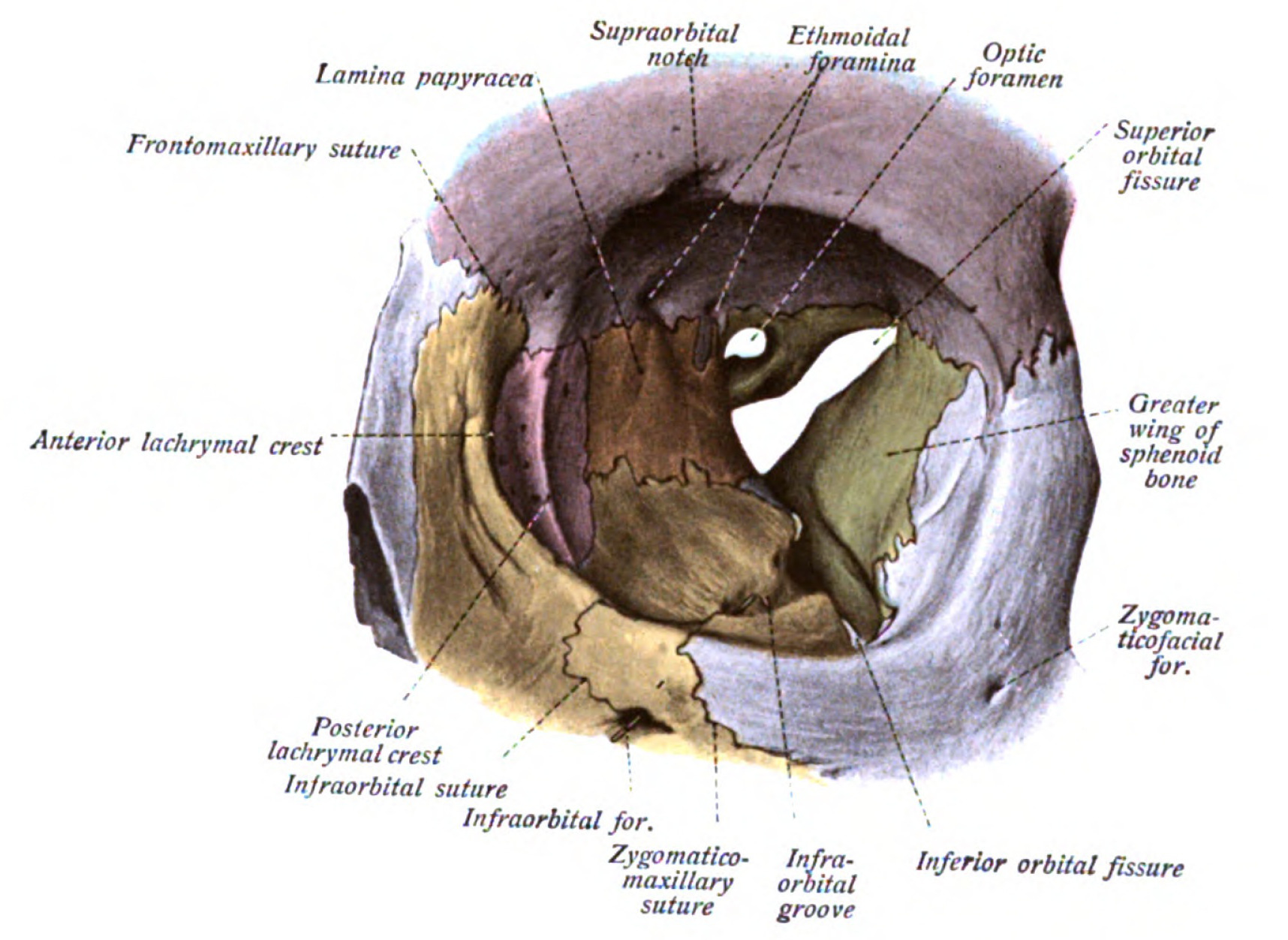Playlist
Show Playlist
Hide Playlist
Eyelid
-
Slides 16 Human Organ Systems Meyer.pdf
-
Reference List Histology.pdf
-
Download Lecture Overview
00:01 The eyelid is a structure that protects the eye. We saw the conjunctival surface, a continuation of the corneum very early on. 00:12 Remember the junction is protected by that mesh of stem cells that provide additional cells accordingly when they are lost and it prevents the cell lining the conjunctiva from being part of that epithelium. The conjunctiva is a wet mucous surface. There are a number of different glands associated with the eyelid, the meibomian glands secrete large amounts of secretions. They secrete an oily component and that oily component mixes with the tears that are secreted by the lacrimal gland and also small lacrimal glands in the eyelid. And that will prevent the very rapid vapourization of the tears and therefore maintains the protection of our eye particularly the corneum. The big large oculi that's in the centre of the eyelid. That is one of the very small muscles of facial expression and then there is a very dense piece of connective tissue running through the eyelid called the tarsal plate that gives the eyelid a certain structural rigidity or support. 01:31 The lacrimal gland is just like any other compound gland. I described the structure of compound glands in another lecture, but as you see on the left-hand side under very low magnification, you can see clusters of glandular units called lobules. And within those lobules on the right-hand side, you can see secretory ascinii, little grape or berry shaped cells. They are serous secreting. They secrete a watery fluid with some material in it that helps to be antimicrobial, in other words it stops bacteria and stuff and other material from colonizing on the surface of the eye. 02:17 They are surrounded in the interstitial component by plasma cells that secrete antibodies through those tears again onto eye to protect it. And the rather large circular structure you see on the right-hand side is the duct lined by almost a columnar epithelium. But I won't say any more about the lacrimal gland because as I've mentioned before it is covered in lectures I've have given in this course on the exocrine glands. 02:48 In summary then, make sure you understand now the structure of the cornea and the lens and how those two major components then focus the light on the retina. Understand the macula lutea. It is the yellow pigmented area of about 5-1/2 millimeters in diameter I mentioned. And the fovea centralis with the very central fovelial, that is where the light is focused when we want to have discrimination of detail and also very fine color vision. It is where the concentration of cons only. And then there's the optic nerve containing all the ganglion cells, axons projecting back to the brain. There's the retina that I've have described or the photoreceptors there and the very complex supporting cells and other neuroglial cells, neurons and conducting neurons within that retina. And then there is the production of the aqueous humor by the ciliary epithelium and the production is zonular fibres that extend to the lens and then the importance of the ciliary muscle when it contracts and relaxes, it changes the shape of the lens and, therefore, allows us to focus distant objects and near objects on the retina. So I hope you now understand a bit more about the eye particularly histological structures of the eye and thank you very much for listening to this lecture.
About the Lecture
The lecture Eyelid by Geoffrey Meyer, PhD is from the course Sensory Histology.
Included Quiz Questions
The Meibomian glands secrete which of the following substances?
- An oily substance
- Tears
- Hormones
- Mucus
- Serous fluid
Which of the following is NOT a function of lacrimal secretions?
- Helps in focusing light rays
- Nutrition
- Cleaning
- Antimicrobial defense
- Lubrication
What is the average diameter of the macula lutea?
- 5.5 mm
- 1 mm
- 2.5 mm
- 3 mm
Customer reviews
5,0 of 5 stars
| 5 Stars |
|
5 |
| 4 Stars |
|
0 |
| 3 Stars |
|
0 |
| 2 Stars |
|
0 |
| 1 Star |
|
0 |





